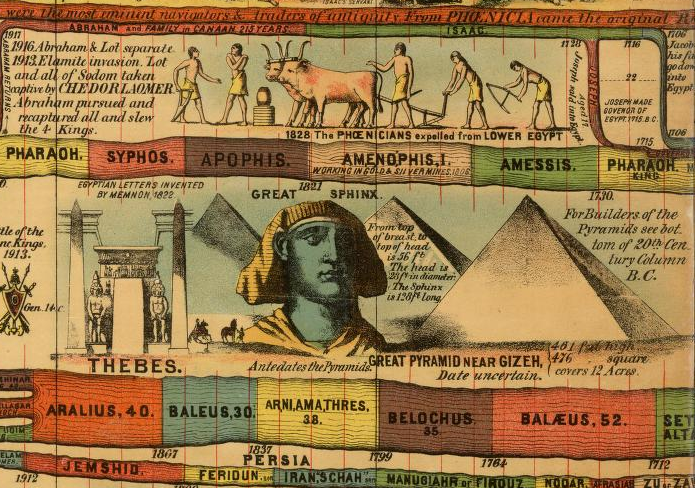maitani
to
maitani's feed,
History
6,000 Years of History Visualized in a 23-Foot-Long Timeline of World History, Created in 1871 http://www.openculture.co... http://cdn8.openculture.c...
6,000 Years of History Visualized in a 23-Foot-Long Timeline of World History, Created in 1871 http://www.openculture.co... http://cdn8.openculture.c...
10 years ago
-
Comment
-
Hide
-
-
[ 0 ]
-
[ 0 ]
- (Edit | Remove)
- More...
1 other comments...

Comment
"A beautiful early example of visualizing the flow of history, Sebastian C. Adams’ Synchronological Chart of Universal History outlines the evolution of mankind from Adam and Eve to 1871, the year of its first edition."
-
maitani
-
[ 0 ]
-
[ 0 ]
- (Edit | Remove)

David Rumsey Map Collection http://www.davidrumsey.co...
-
maitani
-
[ 0 ]
-
[ 0 ]
- (Edit | Remove)








